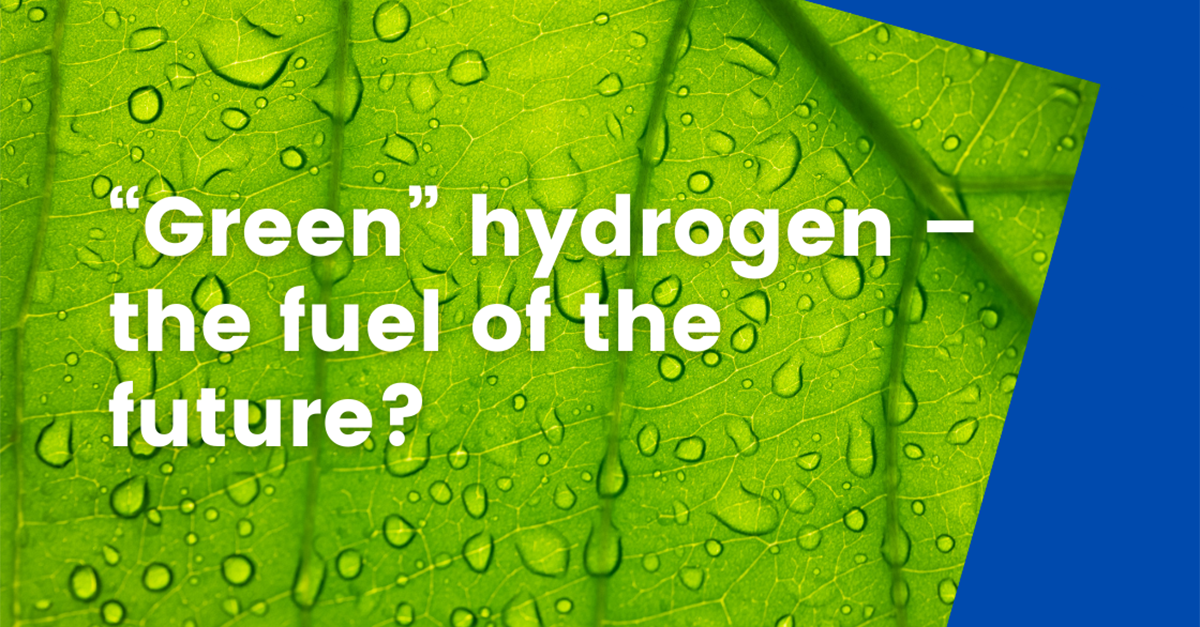Hydrogen is the fuel buzzword these days, and the landscape is changing fast. Hydrogen-fueled trains, ferries, heavy-duty trucks, cars, buses are already running in Europe and elsewhere.
“Green” hydrogen derived from seawater with renewable energy – versus the “gray” or “blue” hydrogen made from fossil fuels – is being touted as the fuel of the future. But the economic obstacles to large-scale production of green hydrogen have seemed insurmountable – until recently.
Advances in the production of renewable energy have encouraged governments across the globe to expand renewable capacity quickly to power gigawatt-scale green hydrogen production projects. The aim is to drive down the price from USD 5/kg to USD 2/kg – with an ultimate target price of USD 1/kg. Projects totaling 50 GW were announced in 2020, and this year has seen a flood of new ones.
All these developments are likely to increase the pressure on maritime shipping to convert to alternative fuels. Already the IMO has called for a 50% reduction in greenhouse gas emissions in the maritime industry by 2050.
But can the marine industry’s fuel requirements be met by hydrogen?
Currently, the cleanest method of using hydrogen is through fuel cells. While these are heavy and large, they can provide a continuous supply of energy as long as the cell is fed with fuel. They are quiet, have no moving parts, emit only heat and water as by-products and are easily scalable for larger ships. A number of ferry lines in northern Europe already have pilot programs using hydrogen power.
Methods of combining hydrogen with CO2 – thereby reducing the carbon load – to create synthetic fuels also show promise for the marine industry, producing methane, methanol, and ammonia, as well as gasoline, diesel and kerosene.
Methane is already used widely as a fuel, so synthetic methane is an easy option and can be substituted for natural gas. Liquid methanol is easy to store and deploy, and ships that use LNG can use methanol.
Ammonia – like hydrogen – produces no CO2 emissions at all. It is far cheaper than hydrogen to store and takes up about half the space. Additionally, it can either be burned or used in a fuel cell. Wärtsilä’s laboratory in Vaasa, Finland, recently carried out full-scale tests on fuel-flexible engines to assess optimum engine parameters, with encouraging results. One test engine running on fuel with 70% ammonia content performed very well at a typical marine load, and another ran successfully on pure hydrogen.
We in the marine industry need to examine fueling alternatives before the political pressures ramp up. Are hydrogen fuel cells feasible? Can we electrify in some new way? Can we successfully use synthetic fuels?
At Yaskawa Environmental Energy / The Switch, we’re excited to be part of helping the marine industry join a carbon-free future. We already have technology to help the transformation to alternative fuels happen. The transformation from seawater to hydrogen – and further to hydrogen-based fuels – needs both renewable energy and compressor technology. Our permanent magnet generators have been harvesting offshore wind for nearly two decades. Our high-speed machines and converters are needed for hydrogen gas compression and hydrogen gas pipeline transport. We also have the high-power AC/DC converter technology to supply electrolyzers in hydrogen production. And we’re anticipating the need for the lowest possible energy costs in many different areas.
Let us explore ideas for the future with you.
Panu Kurronen
